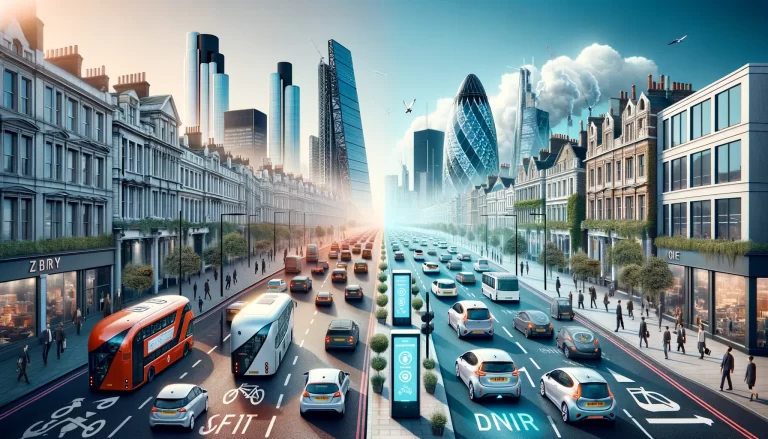



As a result, governments are passing legislation to support the development of the EV industry, with the UK promising to ban the sale of Internal combustion engine (ICE) vehicles by 2030. So now electric vehicles have become cool, they are no longer selling solely on the environmental benefits and driven by the likes of Tesla, they are capturing the public’s imagination. The time of the Electric Vehicle is now.
Battery power is finite
Like most things in life, for everything good, there is always a downside, as Newton’s third law of motion states: for every action, there is an equal and opposite reaction. For EVs, the potential negative is batteries. Batteries are manufactured with rare raw materials such as cobalt, their lifespan in cars can be short and they can also represent a fire hazard. The IEA forecasts that by 2030, up to 100 gigawatt-hours (GWh) of batteries will need to be retired i.e. they will no longer be useful as a car battery. This is the equivalent of global battery production in 2020, which means there will be a lot of batteries looking for a new home outside of cars.
Up until now, the EV industry primarily faced a demand challenge, it needed to convince consumers and governments to support EVs over oil-powered ICE vehicles. The downside of mass-producing EVs was not really considered, as the industry, sensibly, took the “we’ll cross that bridge when we come to it” view. Now that demand is skyrocketing, the industry faces several challenges to ensure batteries are managed sustainably.
Key challenges of a battery-powered auto industry
1. Raw Materials
The most common materials used in EV battery cathodes include some formulations of Cobalt and Nickel. Like the oil age, this comes with environmental and political risks. The majority of Cobalt supplies are located in the Democratic Republic of the Congo (DRC) and are mainly extracted using artisanal methods. Additionally, Chinese companies have acquired land and mining rights over much of the Cobalt deposits in the DRC providing them with leverage over the development of the battery market. For these reasons, eliminating expensive and rare elements from batteries are among some of the primary aims of battery makers and EV manufacturers.
Achieving this will probably take time and in the meantime, Lithium-Ion batteries will dominate production, placing pressure on Cobalt and Nickel supplies. Recognising this, companies such as Umicore are ramping up recycling capacity significantly. Indeed the former Tesla CTO, JB Straubel, founded Redwood Materials, to address this very point. Commenting, he said:
“We’re in a weird phase in the world where, with the number of projects being announced, both new electric vehicle companies…and new Gigafactories, all of this is way outstripping our ability to project where the materials will come from,”
The world is being sold the vision that battery-driven cars are clean, but this vision forgets about the toxic nature of the materials involved and the unsustainable methods to extract them. Extracting materials in areas such as the DRC, Chile, Bolivia and Australia requires huge quantities of groundwater. There are parallels with the biofuels market in the early 2000s, which was initially considered as a clean alternative to fossil fuels, but led to the wholesale destruction of rainforests in Asia and South America to plant palm oil and soy plantations.
2. Batteries have a limited lifespan in Cars
Depending on the intensity of use, batteries need to be replaced in EVs every 3-15 years. This is a wide range and, currently, there doesn’t appear to be a consensus on how long the average battery will remain functional in a car. However, unless alternative uses are found for these batteries, their final destination is likely to be a landfill. Moreover, Lithium-Ion batteries are flammable so storing and transporting them represents a significant fire hazard, known as Thermal Runaway. In September, the US Environmental Protection Agency reached a deal with a Battery company in Chicago where a fire led to the evacuation of thousands of nearby residents. Some 3-4,000 residents were evacuated from their homes because of the fire.
The lifespan of batteries can be extended by using them for secondary energy storage units. For example, by storing energy generated from Solar Panels or Wind Turbines. As the world transitions away from fossil fuels and becomes more reliant on renewable energy the need for backup energy storage will become more acute. The sun only shines during the day and the wind often blows strongest at night. Without energy storage solutions, the world will remain tied to fossil-fuel sources such as coal to supply backup energy capacity. Examples of 2nd-life projects include Amsterdam’s Johan Cruijff Arena, where retired Nissan Leaf batteries are used to store electricity from solar panels on the roof of the stadium.
Not all batteries are uniform, however, with up to 20 different cathode configurations in the marketplace, making the process of extraction and assembly difficult.
3. Creating the infrastructure for the secondary sales of batteries
Given the sheer volume of batteries that will be produced over the next ten years and the infancy of the supply chain for managing them, it is highly likely that there will be large amounts of environmental and economic waste as the industry ramps up.
To address this, capabilities need to be added locally where EVs are being driven to promote the principles of the circular economy. Second-hand car dealers, auto body shops and battery brokers will be key to developing an integrated battery market ensuring used batteries are efficiently allocated rather than prematurely ending up in a Landfill.
Norway may be a guiding light for many in Europe, as in 2019, the market share for EVs hit 42%.
A sustainable future
The great transition to EVs will be one of the great technological breakthroughs of our age. It is almost certain it will cross the chasm from a niche product to mass adoption. Batteries will be the driving force behind the revolution and delivering it will require new skills, supply chains and infrastructure to ensure the transition is sustainable.
As humans we are really good at simplifying complex subjects, it allows us to deal with the complexity, without getting too overwhelmed. We need to be careful to not see battery powered vehicles as a straight line to solving our over reliance on fossil fuels and the threat of climate change, without recognising some of the challenges. Doing so could put us right back to where we started.


